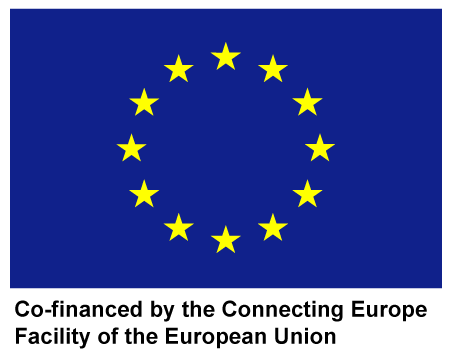
Cooperative Urban
Mobility Portal
Explore Connected and Cooperative Mobility

Cooperative
Urban Mobility Portal
Explore Connected and Cooperative Mobility
Comfortable Walking
Business scenario
Cities are obliged to facilitate and enhance the mobility of vulnerable road users (VRUs) – in particular elderly or handicapped/physically challenged pedestrians. Traffic light prioritization can be used for increasing safety and comfort for such designated VRUs, enhancing their experience in participating in urban life. To foster this, a service provider offers priority crossing for special citizens via a smartphone application, which can be activated through software codes. These codes are be provided by governmental organizations, municipalities, or other non-profit organizations to those citizens with the objective to help increase their quality of life. In order to operate the service, the data concerning the location and travel direction of the pedestrian is collected through the smartphone application. The application runs in the background; as such, no interference of the person is needed. Moreover, traffic lights are equipped with necessary technology, allowing the application to interact with these systems. Once the person (carrying a smartphone with active application) approaches the traffic light, two scenarios can occur. In case of a red light, increased priority is given to the person by activating the green light quickly and allowing him/her to continue with reduced waiting time. In case of a green light, the duration is extended to support the flow.
Business model blueprint
The presented business model blueprint addresses the value-in-use of creating a comfortable walking experience (via priority crossing) for VRUs. Using the proposed service solution, VRUs can traverse roads or intersections more safely and comfortably, in turn contributing to their health and physical well-being. To operate the service, the service provider is responsible for integrating the sources of data pertaining to the traffic light states and the location data of the VRUs, translating this into information that can be used by the traffic manager. As compensation for deploying and maintenance the service, the service provider receives a service fee from the traffic manager, which in turn benefits from increased road safety through service use. This service fee can be increased through or partially compensated through the inclusion of insurance companies for the business model design. As the frequency of road accidents is reduced through service use, insurance companies benefit from decreased payouts in terms of insurance to compensate for costs of road accidents. As a result, insurance companies may be stimulated to invest part of these generated savings in the business model design to sustain its operation and use.
Business model viability
Viability of the business model is dependent on the reduction of road accidents, for which penetration of the service solution in the market is key. As a consequence, the service solution is offered free of charge to VRUs to stimulate adoption. Under moderate levels of adoption, the reduction in road accidents, leading to economic costs for the traffic manager and compensation costs for the insurance companies, is significantly large to offset the costs incurred for deploying and maintaining the service solution. Depending on the balance of costs and benefits accrued, the insurance companies and traffic managers should decide on the appropriate percentages of service fee paid to the service provider.



This website has received funding from the European Union’s Horizon 2020 Research and Innovation Programme
under Grant Agreement number 723311.

